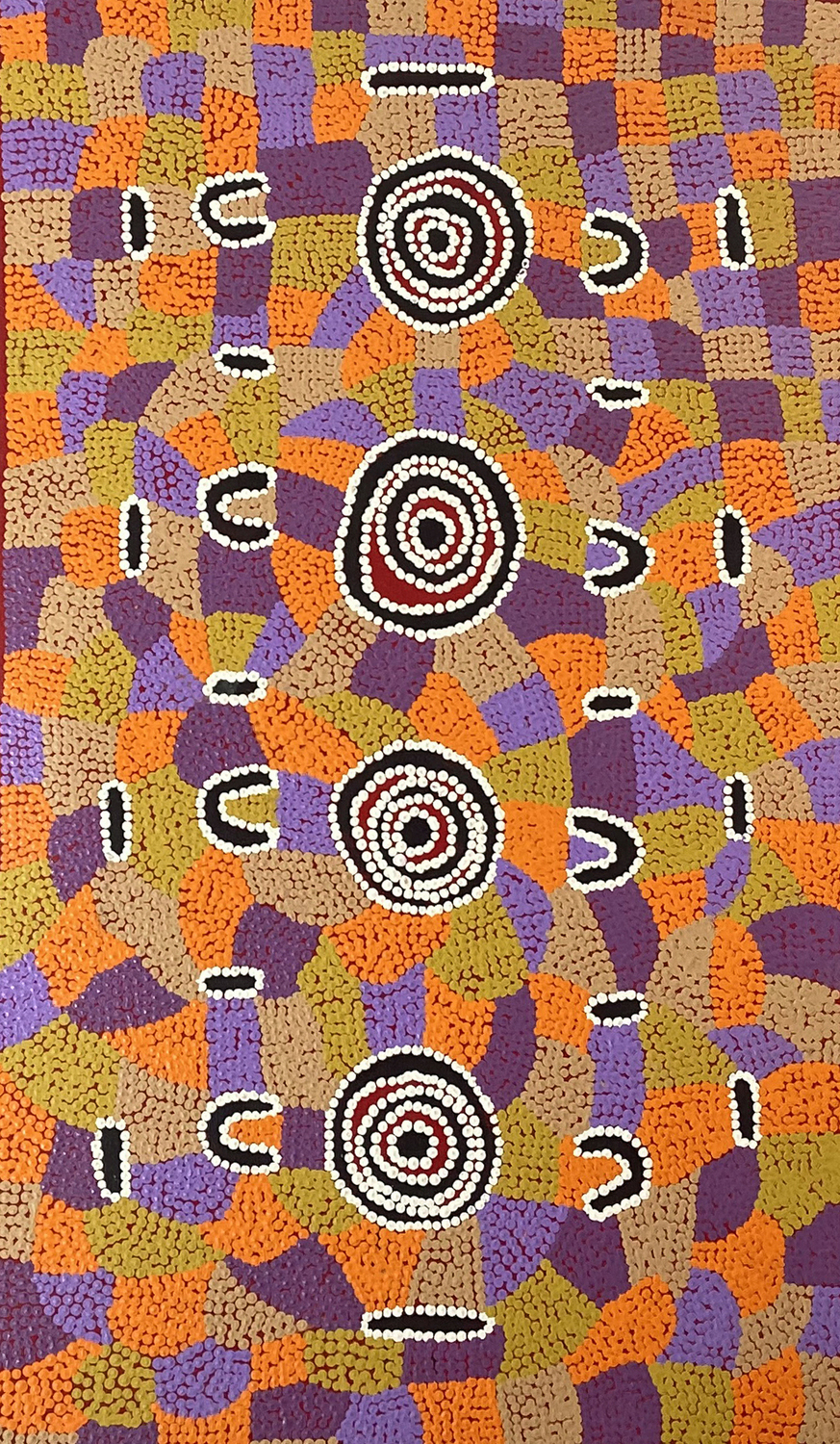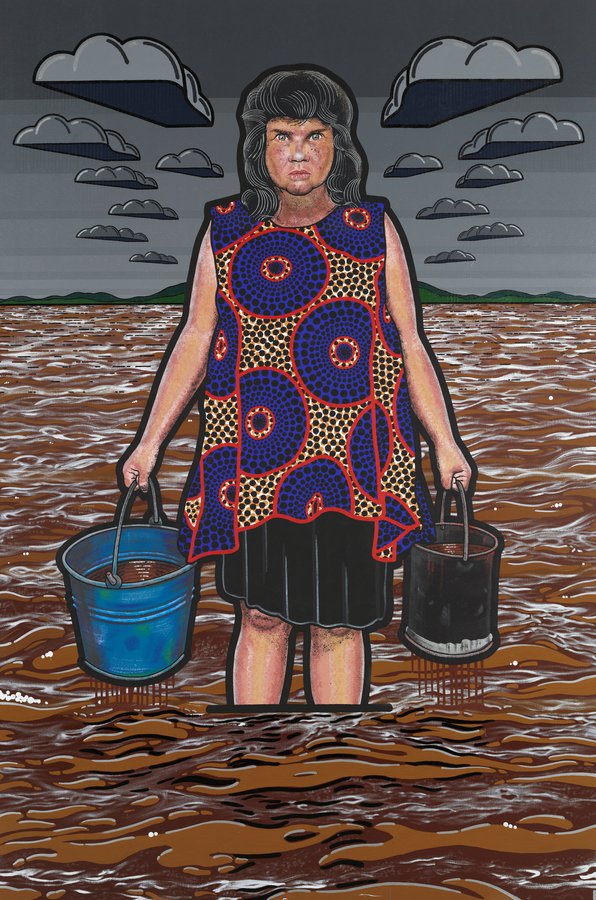Aboriginal Australians, the Oldest Living Culture on Earth
Aboriginal Australians have the oldest living culture on Earth. Aboriginal Indigenous Art and Culture is rich and diverse the history of aboriginal art comes alive in artwork of various forms
Rock Art
Aboriginal Australians have the oldest living culture on Earth. This rich and diverse history comes alive in artwork of various forms. The oldest forms of Aboriginal artistic expression are rock carvings, body painting and ground design.
Australia has some of the oldest rock art in the world. The first humans arrived in Australia approximately 65,000 years ago, Australian aboriginal rock art has been dated to around 30,000 years ago and tools that have been found that were used to make the rock art have been dated close to 50,000 years ago.
Rock Art consists of paintings, drawings, engravings, stencils, bas-relief carvings and figures made of beeswax in rock shelters and caves. There are two types Petrographs and Pictographs
Petroglyphs are created by removing rock through pecking, hammering or abrading in order to leave a negative impression.
Pictographs are made by applying pigments to the rock. Using natural elements such as charcoal, clay, chalk and ochre (which can be anything from pale yellow to dark reddish brown). Paintings use wet pigments made from minerals, which are applied by finger or with brushes made from chewed sticks or hair.
Rock art uses imagery to tell the stories from the ceremonies and traditions of the Australian Indigenous people. The global significance of the rock art needs to be more broadly recognised, respected, and celebrated.
Bark Paintings
The ancient artistic tradition of rock painting lives on in the Bark Paintings of Arnhem Land. The first paintings on bark were made in the early 1900s (just 100 years ago). They were commissioned by missionaries and anthropologists, and the imagery was based on painted body designs and rock art.
Bark for Indigenous Australian bark painting is cut from the trunk of the stringybark tree (Eucalyptus tetradonta). The rough, outer bark is stripped off and the thinned inner bark dried and flattened by placing the bark onto a fire, to cure and reduce moisture content. The paintings are made with traditional mineral pigments such as charcoal, oxides, chalk and ochres.
Sand Paintings
Aboriginal people outlined designs with circles and dots in the sand thousands of years ago. The style was transferred to canvas when Aboriginal art became popular in Western culture at the Papunya Tula School of Painters.
Sand paintings tells stories about the dreamtime and creation, marking country and recording history they are a symbolic and innovative form of Aboriginal Art, connected to the world, and yet transient until it eventually dissolves back into the earth.

Symbols And Iconography
Powerful Symbols
Ceremonial Symbols
Some Traditional Symbols in Aboriginal Art
Some of the meaningful, powerful symbols used in contemporary Aboriginal art and traditional ceremony and religious art are:
- Locations and events from Tingari Dreaming stories and songs.
- Bush medicines
- Bush plum
- Body paint or Awelye
- Water dreaming
- Seven sisters
The Pupunya Tula Art Movement
The Papunya Tula Art Movement, founded by the teacher Geoffrey Bardon, has played an important role in encouraging community participation in artworks that weave a shared story.

The Kimberleys
Aboriginal Art of the fascinating Kimberley region reflects the deep creativity and spirituality of some of Australia’s most beautiful wilderness landscapes, including some of the world’s oldest rock art.
Hermannsburg School
The Hermannsburg School, founded by the master painter Albert Namatjira, has established much of the talent we see today among successful Aboriginal painters and artists.

Urban Indigenous Art
With the rise of urban living, Urban Indigenous Art has grown to tell the ever-evolving story of Aboriginal people, as well as a powerful voice to decolonise how we live in Australia today.
The term ‘urban’ art mainly refers to artists working in major capital cities and within the general Australian contemporary art scene, as opposed to those in Aboriginal communities, who may be seen working in a more ‘traditional’ framework. Much urban art deals with social and cultural issues and makes important political statements focussing on, for example, the stolen generation, land rights, and reconciliation. There also tends to be a probing nature to the art: a questioning of identity or a challenge to colonial accounts of Australian history. ‘Urban’ art is often provocative, confronting, humorous and playful. Those artists under the umbrella of ‘urban’ art are both self-taught and professionally trained, and use multiple forms of media.
Dreamtime Stories
Tingari
Water Dreaming
Seven Sisters Dreaming
Bush Plum/Yam
Medicine Leaf
Awelye
Budgerigar Dreaming
Rainbow Serpent
Witchdoctor and Windmill Dreaming
